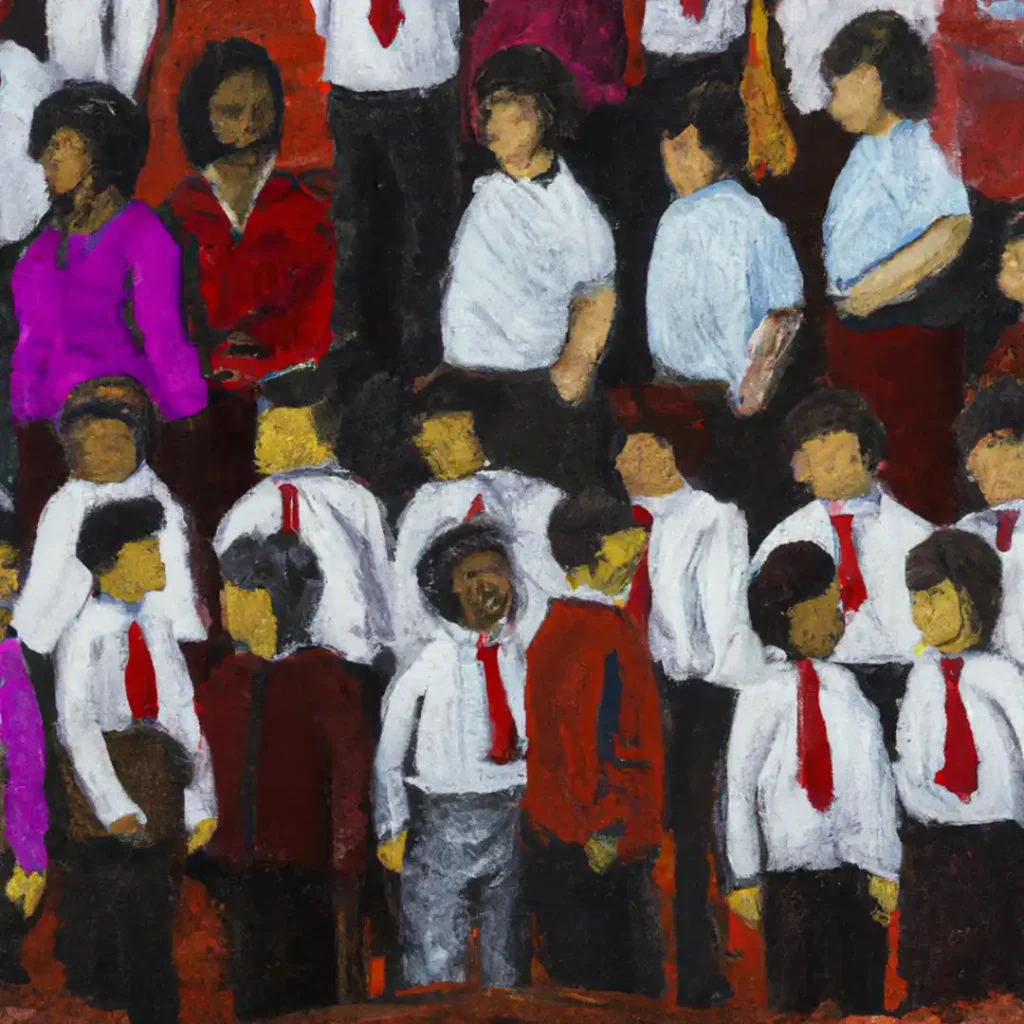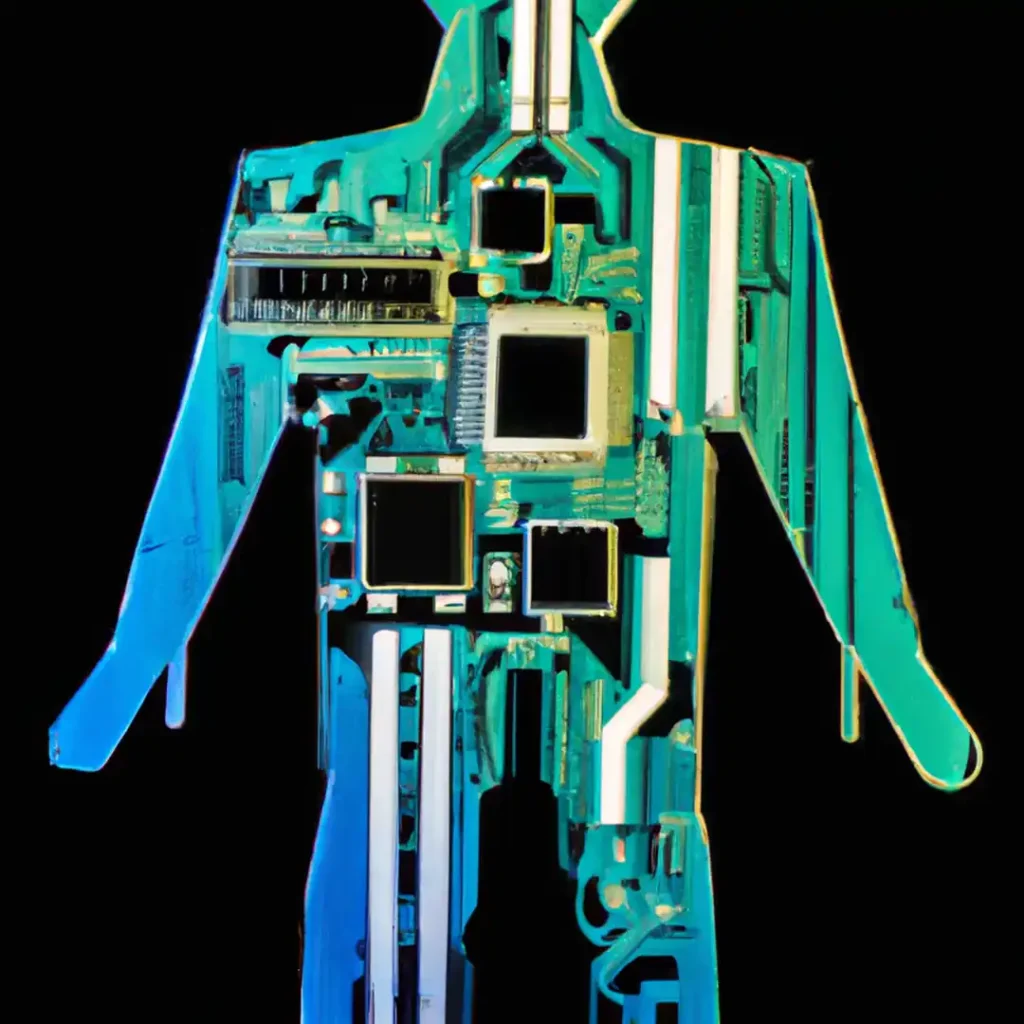In the heart of every classroom lies a mosaic of diverse learners, each one unique, with their own strengths, challenges, and worldviews. But how can one teaching strategy or assessment method possibly encapsulate the vast range of these individual abilities and needs? Enter the world of differentiated assessment.
Differentiated assessment, at its core, is not just a method—it’s a philosophy. It champions the belief that no two learners are the same and recognizes the irrefutable importance of designing assessments that speak to every student’s unique learning journey. As educators, we are not just imparting knowledge, but crafting experiences. And for these experiences to be truly meaningful, they must resonate with each student’s personal learning style and pace.
Now, more than ever, with the tapestry of today’s classrooms being richer in diversity—be it cultural, cognitive, or linguistic—it becomes paramount that we address and celebrate these varied needs using effective differentiated assessment techniques. In doing so, we foster a more inclusive learning environment and empower our students to shine distinctively.
Understanding Diverse Learners
The beauty of a classroom lies not in its uniformity, but in its diversity. As educators, when we talk about diverse learners, we’re acknowledging the vast expanse of individual experiences, backgrounds, and ways of processing the world around us. Diverse learners are those unique individuals who bring their own set of strengths, curiosities, and challenges to our classrooms. Their presence enriches our teaching experience and reminds us daily of the importance of flexibility, adaptability, and compassion in our profession.
When we speak of diversities in learning, we tap into a spectrum that is as vast as it is varied. There are cognitive diversities, where students may have different intellectual capabilities or ways they prefer to process information. Cultural diversities remind us of the myriad of backgrounds, traditions, and values that students bring into the classroom from all corners of the globe. Linguistic diversities encompass the multitude of languages spoken, where for some, English might be their second or even third language. And we cannot forget about physical diversities, where students might have varied abilities, requiring unique approaches to both teaching and assessment.
However, as rich and rewarding as this tapestry of learners can be, it also presents its own set of challenges—especially when faced with traditional assessment methods. These one-size-fits-all approaches often fail to capture the essence of every learner’s potential. They can inadvertently marginalize those who don’t fit the conventional mold, stifling creativity, or failing to recognize the diverse skills and talents students bring to the table.
The reality is, when we use a single yardstick to measure a diverse group, we risk overlooking the unique brilliance of each individual. And in the world of education, where our ultimate goal is to uplift and empower, it becomes our duty to seek out and champion assessment methods that truly honor and reflect the diversity of our learners.
Differentiated Assessment: What is it?

Imagine a world where every piece of music was played at the same tempo, every painting used only one color, and every story was told in the same tone. Much like the world of art, in education, it is variety and individuality that bring richness and depth. This is where differentiated assessment steps in, painting our educational canvas with hues that resonate with every student.
Differentiated assessment isn’t just about altering the questions on a test or giving varied assignments. It is rooted in a philosophy that every learner is a unique universe of experiences, abilities, and aspirations. It understands that a rigid, monolithic approach to assessing these universes does them a grave disservice. Instead, it endeavors to meet each student where they are, valuing the myriad ways they interpret, engage with, and express their understanding of the world.
By catering to individual learning styles and needs, differentiated assessment creates pathways where students can showcase their understanding in ways most authentic to them. Whether it’s a visual learner expressing their knowledge through a carefully crafted diagram, a kinesthetic learner demonstrating a concept via a hands-on project, or an auditory learner presenting their insights through a podcast, differentiated assessment opens doors to possibilities.
The beauty of this approach is that it fosters inclusivity and equity. Every student, regardless of their background, ability, or challenges, gets an equal opportunity to shine, to be seen, and to be celebrated for their unique gifts. And in a classroom where diversity is its strength, differentiated assessment ensures that no one is left in the shadows, but instead, everyone is illuminated in their own special light.
Techniques for Differentiated Assessment
Navigating the expansive world of education, think of differentiated assessment techniques as the various brushes an artist might use—each tailored for a distinct purpose, each creating a different stroke, yet all coming together to create a masterpiece that is the empowered learner.
Tiered Assignments
Imagine a garden with flowers of varied growth stages. While they all need sunlight, the amount of water or type of nutrients they require might differ. Similarly, tiered assignments provide a framework where every student is given the same learning goal, but the complexity or depth of the task is adjusted based on their readiness level. This ensures that every learner is challenged appropriately and not overwhelmed or under-stimulated.
For instance, while studying ecosystems, one group of students might create a basic food chain, while another could be tasked with developing a detailed food web, reflecting a deeper complexity.
Flexible Grouping
Much like a conductor shuffling musicians for the perfect harmony, flexible grouping recognizes the dynamic nature of the classroom. By continuously reshuffling groups based on current skills, interests, or even the particular task at hand, we create environments ripe for peer learning and collaboration.
To implement effectively, regularly assess student strengths, rotate group members frequently, and ensure every student gets a chance to work with varied peers, enriching their group learning experiences.
Choice Boards/Menus
Offering students a menu of options taps into their innate curiosity and autonomy. Think of it like a buffet spread—each dish unique, but all fulfilling the goal of satiation. Choice boards provide students with a range of topics or tasks, allowing them to select what resonates most with their interests or strengths.
For a lesson on ancient civilizations, the choice board might include creating a timeline of events, writing a day-in-the-life narrative of a citizen, or constructing a model of an iconic monument.
Open-Ended Questions
In the realm of inquiry, open-ended questions are like vast oceans, deep and unbounded. They encourage students to think critically, dive deeper, and explore the breadth and depth of their understanding. These questions don’t seek a singular ‘right’ answer but cherish the varied perspectives students bring.
Crafting these questions involves avoiding the ‘yes’ or ‘no’ trap. Instead of asking, “Did you like the protagonist?”, ask “What complexities did you observe in the protagonist’s character and how did it evolve throughout the story?”
Learning Contracts
Much like the sacred parchment that binds a knight to his quest, learning contracts are personalized agreements between the educator and student. They detail specific learning goals, the path to achieve them, and the methods to assess those achievements. It’s empowerment in written form, granting students autonomy over their learning while ensuring clear, structured expectations.
To craft an effective learning contract, initiate a dialogue with the student, setting clear objectives, timelines, and evaluation criteria. Periodic check-ins help in monitoring progress, ensuring the quest remains on course.
Performance-based Assessments
Picture a stage where learners are the primary actors, bringing concepts to life. Performance-based assessments move beyond pen and paper, challenging students to ‘perform’ their understanding—be it through experiments, presentations, or creative enactments. This dynamic approach not only assesses knowledge but also skills like collaboration, creativity, and communication.
For example, in a literature class studying Shakespeare, instead of a traditional test, students might enact a scene, infusing their interpretation and understanding of the text.
Portfolios
Imagine a treasure chest, each item inside telling tales of growth, effort, and achievement. Portfolios are akin to these chests, capturing a student’s journey over time. More than just a collection of best works, they reflect the evolution of a learner’s understanding, skills, and reflections. This continuous record becomes invaluable in recognizing strengths and areas of growth.
When creating and assessing portfolios, include diverse work samples—essays, projects, even drafts. Periodic reflections help in understanding the student’s perspective on their growth trajectory.
Peer and Self-Assessments
Envision a mirror, offering reflection and insight. Peer and self-assessments serve as these mirrors in the educational realm. While self-assessment instills reflection and ownership of one’s learning, peer assessments promote a sense of community, fostering constructive feedback and diverse perspectives.
For effective implementation, cultivate a classroom environment of trust and respect. Provide clear rubrics and guidelines for feedback, ensuring it’s constructive and aligned with learning objectives.
For more information on specific instruction strategies, visit Prodigy Education‘s page.
Incorporating Technology in Differentiated Assessment

In the grand symphony of modern education, technology emerges as a powerful instrument, harmonizing the myriad facets of differentiated assessment. Just as an artist employs various brushes to bring his vision to life, educators can now tap into a plethora of digital tools and platforms, each uniquely designed to accentuate and cater to the diverse needs of learners.
Digital Tools and Platforms
Adaptive Learning Systems: Think of these as personal tutors, adjusting content in real-time based on a student’s performance. Platforms like DreamBox or Smart Sparrow are designed to adapt and provide resources aligned with individual learners’ needs.
Gamified Assessment Tools: Like the enchanting realms of video games, tools like Kahoot! and Quizizz make assessment interactive and engaging, tailoring questions based on performance and ensuring students remain challenged at their level.
Digital Portfolios: Platforms like Seesaw or Mahara allow students to chronicle their learning journeys digitally, offering multimedia options to express and reflect upon their growth.
Collaborative Platforms: Tools like Padlet or Google Classroom promote collaborative assessments, allowing for diverse input, peer reviews, and group projects in seamless digital environments.
Benefits of Using Technology in Assessment
Personalization: Much like a skilled maestro adjusting to the strengths of each musician, technology can fine-tune assessments to the individual student, ensuring tasks are neither too easy nor too challenging.
Immediate Feedback: With technology, gone are the days of awaiting graded papers. Students receive instant feedback, allowing for timely reflections and adjustments.
Engagement and Motivation: Digital platforms, with their interactive and gamified elements, kindle interest and enthusiasm, making assessments feel less like tests and more like intriguing challenges.
Diverse Representation: Through multimedia and varied digital resources, students can express their understanding in myriad ways, be it a video, a podcast, an infographic, or an animation.
Incorporating technology in differentiated assessment is akin to adding vibrant colors to a painter’s palette. It not only broadens the spectrum of possibilities but also ensures that our modern classrooms remain dynamic, engaging, and ever-responsive to the unique cadences of every learner.
Challenges in Implementing Differentiated Assessment
In the symphonic journey of differentiated assessment, not every note plays smoothly. Just as an artist might grapple with a particularly challenging shade or a musician with a complex chord, educators too face hurdles when weaving this intricate tapestry of individualized assessment. But as with any masterpiece, it’s the very challenges that, once overcome, add depth and beauty to the final rendition.
Potential Hurdles Teachers May Face
Time Constraints: Differentiating assessments often require additional preparation time, from designing varied tasks to assessing them, making it a daunting endeavor for many educators.
Resource Limitations: Not every school or institution has the luxury of diverse resources, be it technology, materials, or even training, to facilitate differentiated assessment.
Classroom Management: Catering to diverse needs can sometimes lead to a bustling classroom environment, making it challenging to maintain focus and order.
Inadequate Training: Not all educators have been trained in the nuances of differentiated assessment, leading to uncertainty in its application.
Standardized Testing Pressures: The looming shadow of standardized tests often puts pressure on educators to follow traditional assessment methods to ensure uniformity and meet set benchmarks.
Tips on Overcoming These Challenges
Prioritize and Start Small: Begin with one subject or a specific unit. Over time, as you grow more comfortable, expand the differentiation across other areas.
Leverage Peer Support: Collaborate with fellow educators. Sharing resources, ideas, and strategies can lighten the load and introduce new perspectives.
Seek Professional Development: Regular workshops, seminars, and courses can provide the requisite knowledge and skills to navigate the world of differentiated assessment effectively.
Maximize Available Resources: Even without high-end technology, differentiation is possible. Use libraries, community resources, and free online tools to your advantage.
Communicate with Stakeholders: Regularly update parents, school administration, and other stakeholders about the benefits of differentiated assessment. Their understanding and support can pave the way for smoother implementation.
Like any transformative journey, the path of differentiated assessment is strewn with challenges. Yet, with persistence, collaboration, and continuous learning, every educator has the potential to turn these challenges into stepping stones, crafting an educational experience that truly resonates with every unique learner.
Conclusion
In the vast tableau of education, differentiated assessment stands out as one of those pivotal details, a technique that ensures every learner—regardless of their background, abilities, or challenges—is seen, valued, and catered to.
The world of education, like any other art form, is in constant flux, evolving with every generation, adapting to every new challenge. And within this dynamic realm, the diversity of our students is both our greatest challenge and our most beautiful strength. Differentiated assessment is not just a technique—it’s a commitment, a promise that we, as educators, make to our students: that we will strive to understand their unique rhythms, tailor our approaches to their needs, and ensure that every single one of them feels recognized and cherished.
To my fellow educators, let us remember that every child brings to our classrooms a world of experiences, dreams, and potentials. As we continue our journey in the world of teaching, let’s wear our passion as our compass, guiding us as we explore, adapt, and employ differentiated assessment techniques. In doing so, we craft an educational experience that’s as vibrant, diverse, and unique as the very students we’re privileged to teach.


